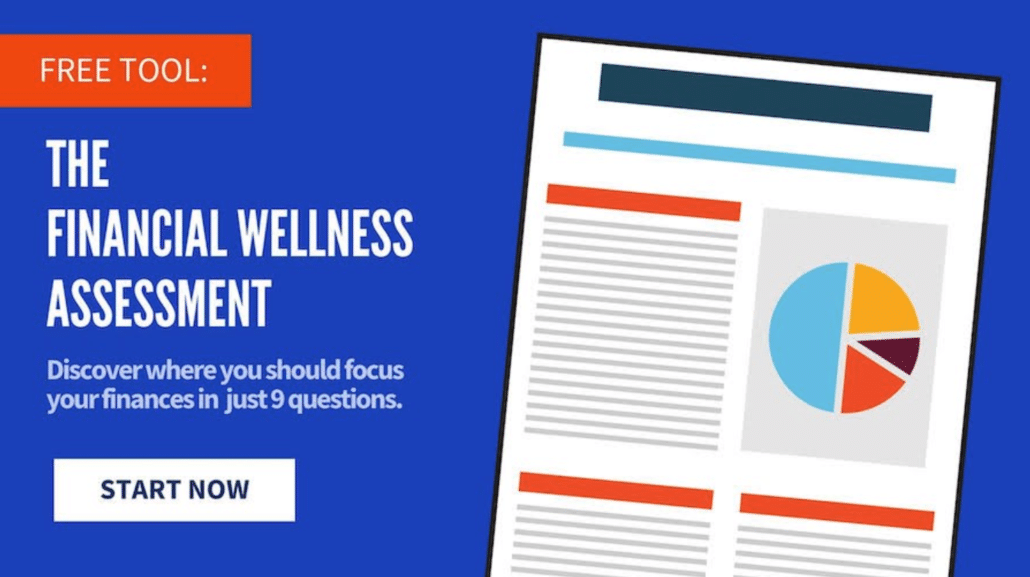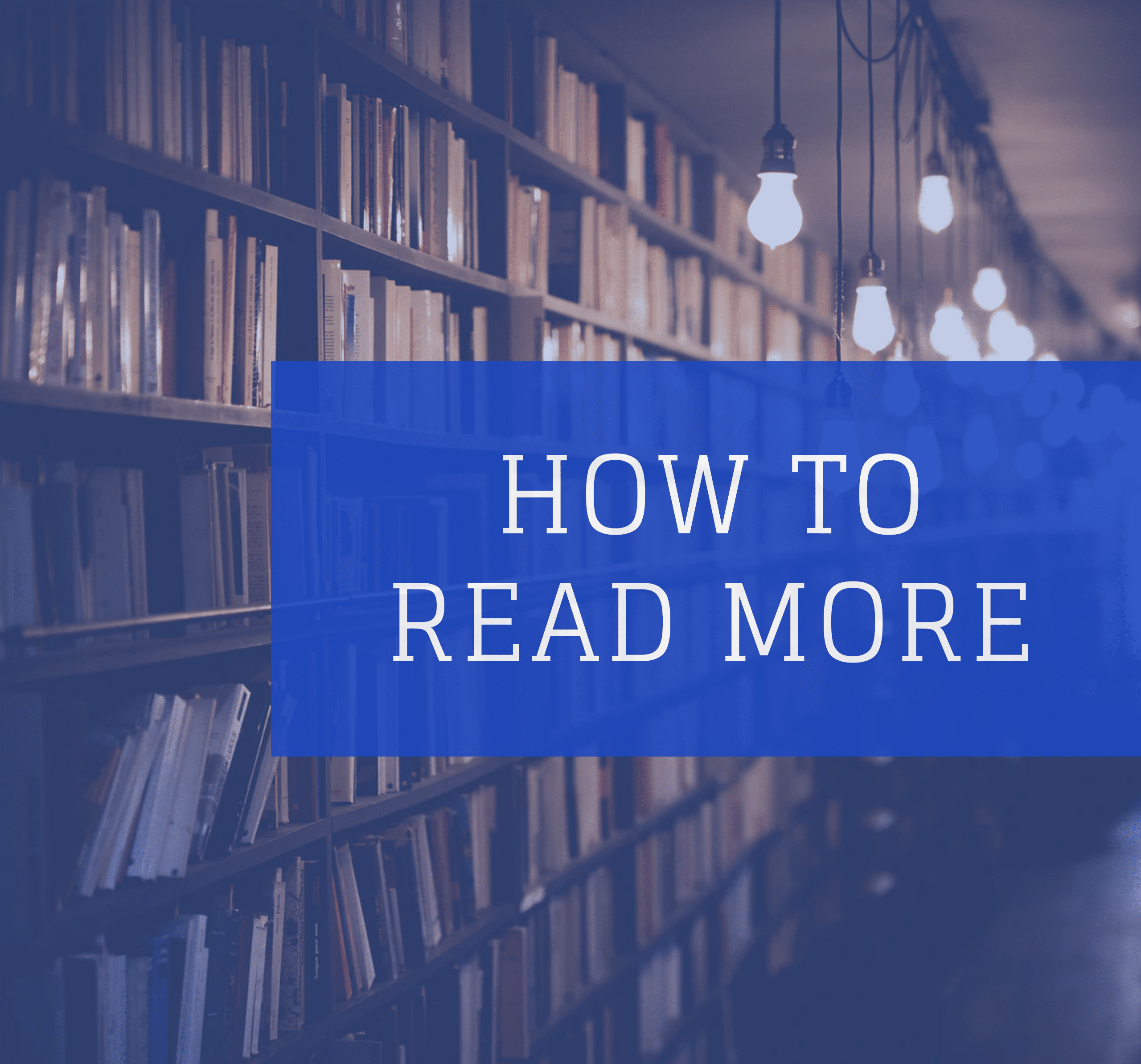If you told my 10-year-old self that one day, I’d consider “reading” an enjoyable hobby, I would have looked at you as if you had three heads. As a kid, I hated reading. Even as I grew up, it never became something I’d consider fun; aside from select topics related to my Economics major, I didn’t enjoy reading in college either.
But now reading is a daily habit so deeply ingrained, it’s not just something I do anymore. It’s part of my identity. I’ve become a reader.
Reading is one of life’s greatest hacks. Nonfiction offers you the ability to learn about any topic from the best and brightest minds in the world. Fiction provides hours upon hours of entertainment for less than the cost of a monthly subscription to Netflix.
I’m probably not telling you anything you don’t know. Reading is great – and most people don’t read that much. If that sounds familiar, but you’d like to read more, here’s how I transformed from someone who hated to read to someone who can’t imagine going a day without it.
Build Reading Habits Rather Than Set Specific Goals
In my opinion, people focus too much on the goal of reading more and not enough on the habit of reading itself.
Many people set a goal to read one book per month, or a certain amount of titles in a year. I suggest committing to reading a certain amount of minutes per day instead. That’s how my own habit started, by committing to read 20 minutes a day. The personal rule I set for myself was no entertainment (via TV, social media, internet, and so on) until I had read for at least 20 minutes. I set a timer and once the timer went off, I was allowed to put down my book.
There are a few obvious benefits to this approach. A habit is easier to achieve than a massive goal. Reading for 20 minutes only takes 20 minutes. It’s also more concrete and easier to act on than “read one book a month.” Missing one day of reading 20 minutes is much easier to recover from than falling behind on a goal of one book a month.
Habits are also better than goals because the habit is what makes it possible to exceed the original goal. Sometimes, I call it quits after I read for 20 minutes – but more often than not, I find myself reading for over an hour.
Here’s the coolest thing about habits: it only takes about 30 days of practicing a habit until it literally rewires our brains to make so that it feels easier to complete the habit than to not do it. Once you are in a good habit – whether it’s reading, writing, exercise, eating well, or any other positive behavior – the benefits of that consistent repeated action can compound into amazing results.
It’s hard to think of a better resource than Atomic Habits by James Clear if you want to know more about habits in particular. The Power of Habit by Charles Duhigg is one of the first I read on the subject and is useful, too.
Increase Your Access to Books
If you are trying to read more, then you need to remove potential obstacles from doing so. And there is no bigger obstacle than not having a book available when you have time to read.
Don’t be afraid to check out multiple titles at once from the library or purchase books in batches to give you plenty of choices when it comes to getting your 20 minutes a day in. Even if you are borrowing or buying multiple books at a time, maintain a list of books you’re interested in. You can build a list directly on Amazon, which gives you quick and easy access to ideas when you need something new.
Then keep books on your bedside table, or in your living room, your car, your office. Always having a book at your disposal is even easier if you read electronically and leverage all of your devices. If you have a Kindle (or just reading apps on your phone, like Libby), then keep it nearby. You can pull out your device and get a little reading in while waiting somewhere or in between errands.
Keeping books in a variety of locations can serve as a reminder of your desire to build the habit of regularly reading. If a book is always staring you in the face, it makes it much more likely you will pick it up and read.
Consider Going Electronic
If you’ve never tried reading electronically, it’s time to change your mindset. I get that many people simply prefer the feeling of holding a physical book; I was that way, too. But there are benefits of electronic reading far outweigh that sensation if your priority is to increase how much you read.
My reading truly took off when I bought a Kindle Paperwhite. It allows you to comfortably read in bed without turning on a light in the room, yet it’s backlight is soft enough that it doesn’t prevent you from falling asleep. Similarly, it works really well outside in the sun (think reading on your patio, at the park, by a pool, and so on) since there is no screen glare like a cell phone or tablet.
Best of all, it’s affordable and very durable compared to most of our other electronic devices. There are a variety of models that can range in price from $50 all the way up to $200, so you can choose the one that seems like the best fit for you.
The real benefit of accepting ebooks (rather than demanding physical copy or nothing) is that, again, you can download the Kindle app onto your phone, tablet, and computer. My phone essentially lives in my pocket, so that means my entire library is always just a few swipes away.
Keep a Running List of Titles That You Want to Read
Whether you buy books or check them out from the library, collecting books to read over time falls under the category of making reading an easy choice. Every time I see or hear a book recommendation that sounds interesting, I buy it.
This means I own way more books than I can reasonably expect to read at once, but I’ve eliminated the potential obstacle of not having a book to choose that will excite me. Keeping a list also helps maintain the motivation to keep reading; I know that there’s always something else I have that I want to read next.
If you’ve never been a reader and feel like you’re starting from scratch without a clue of what you might like to read, walk through a bookstore to browse the featured titles. Maybe even talk to an associate who can make recommendations or point you to a section that might interest you.
Once you’ve found a few titles to buy (or borrow from the library) be sure to review the book on Amazon. That allows Amazon to start making recommendations tailored to your tastes.
Ditch Books You Don’t Like
There is no reason to feel the need to power through a book that you’re not enjoying or finding useful. There is no shame in setting a book aside and moving on… especially if the alternative is that a bad book puts you off reading in the future.
Most nonfiction books don’t need to be read from start to finish, either. If you feel a book is starting to get repetitive or is veering off into subject matter that just doesn’t resonate with you, you’re not obligated to read it cover to cover. Pick up another book and keep reading instead.
Read Multiple Books at Once
Most people don’t have a problem with watching multiple TV series at the same time – each show meets distinct cravings, moods, and interests. There’s no need to treat books differently, and you shouldn’t hesitate to start reading a new title even if you’re not quite finished with another.
Even the best books can have parts that are difficult to get through. By reading multiple books at once, you can gravitate towards what excites you in the moment. Reading only one book at a time makes it more challenging to keep up your reading habit if you’ve hit a dry section.
Reading multiple books at once can also help improve your brain’s learning capacity. Fitness junkies know that doing the same exercise over and over isn’t as beneficial as mixing up your workouts, forcing your body to adapt and get stronger. Reading multiple books stretches your brain, particularly when you mix in multiple genres.
Try New Genres
Speaking of various genres, exploring lots of them was really good advice I received from an avid reader several years ago. I thought I really only liked mysteries or thrillers, but someone suggested I try science fiction. Turns out that I’m a huge fan of sci-fi.
By diversifying your reading material, you could discover a type of book that you like to read as much as others, which greatly increases the number of options you can add to your reading list. You may also find that you prefer certain genres at different times. For example, I prefer science fiction if I’m reading in bed before falling asleep, and non-fiction on the couch when I’m just hanging out. On airplanes, I tend to prefer books related to investing.
It can be hard to jump into a new genre, but you might consider asking a friend for book recommendations and gravitate towards the titles that are in a genre you wouldn’t naturally choose.
Reading More Is Easier Once You Decide You Are a Reader
Wanting to read more is an admirable goal, but true change doesn’t come until a habit takes form and becomes part of your identity. In other words, the goal isn’t to read a certain number of books, it’s to become a reader.
And there’s no barrier to entry on becoming a reader. You don’t have to read a certain kind of book to consider yourself a reader, or get through a certain number of books in a year. If you want to be a reader, all you need to do is read.
This holds true with any habits we are looking to instill in our lives. All it takes to be something is to do it. The more you repeat the behavior, the more it will simply become a part of who you are.
If you’re looking for a place to start your reading habit, I created a quick list of fiction and non-fiction books I really enjoy.
…
RESOURCE: Do you want to make smart decisions with your money? Discover your biggest opportunities in just 9 questions with my Financial Wellness Assessment.
















Love the post!
Thanks, Ryan. I appreciate the feedback!